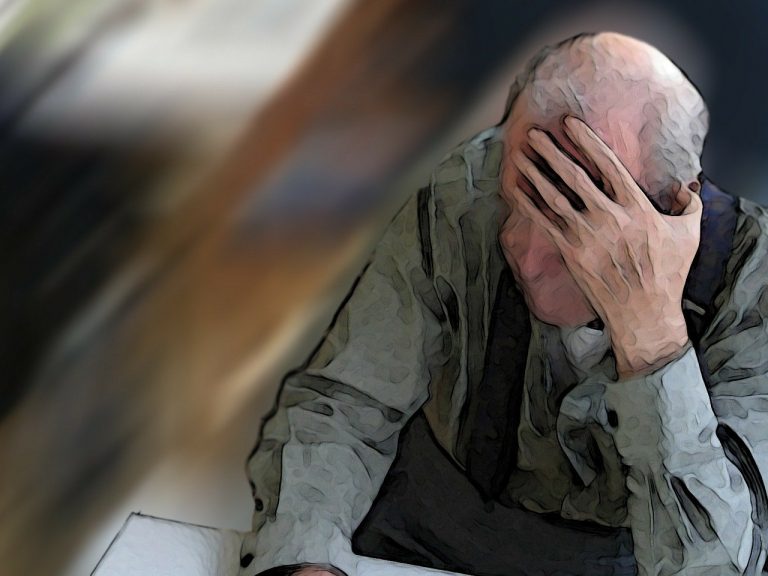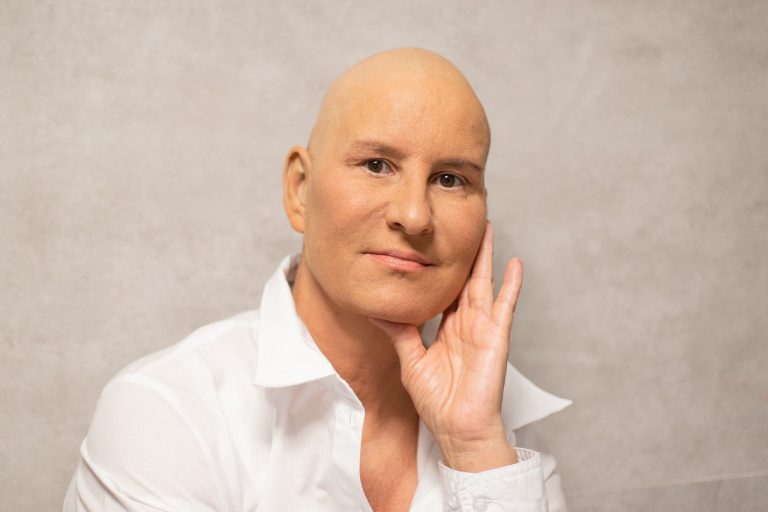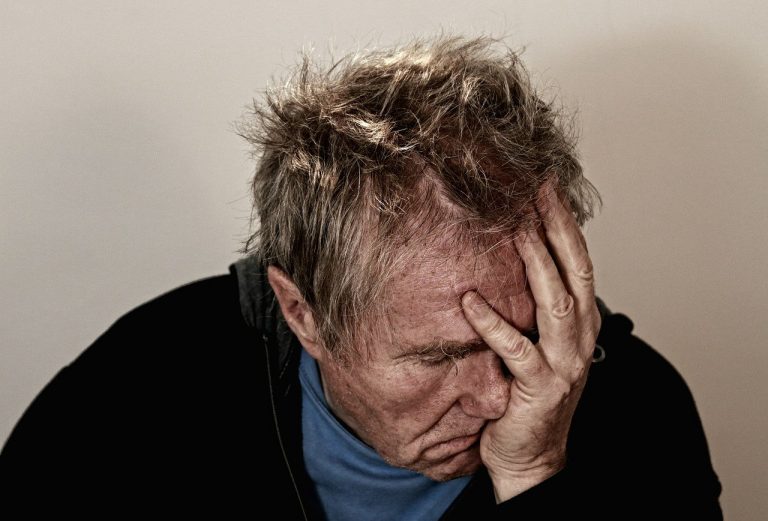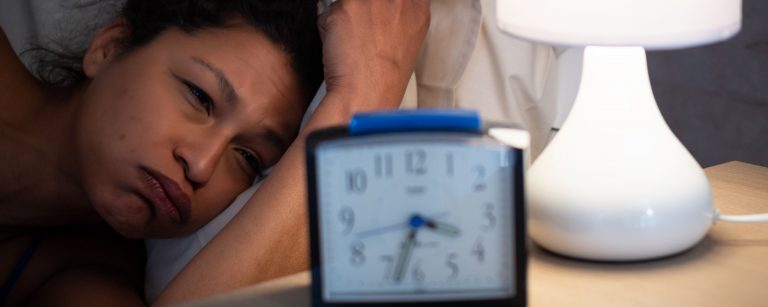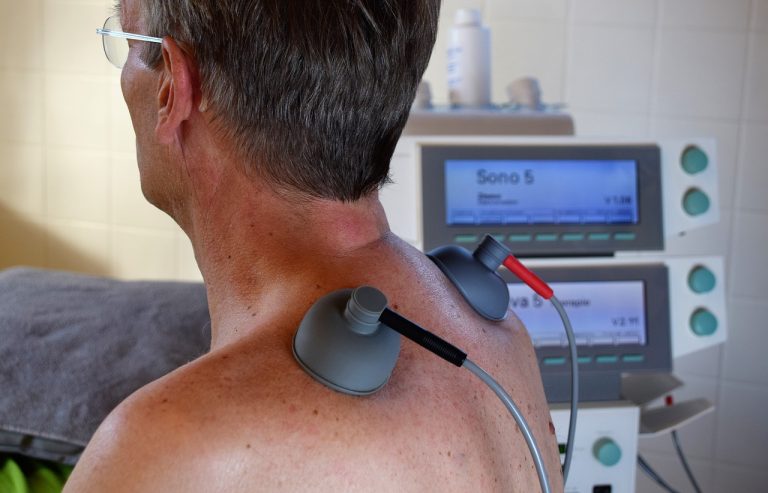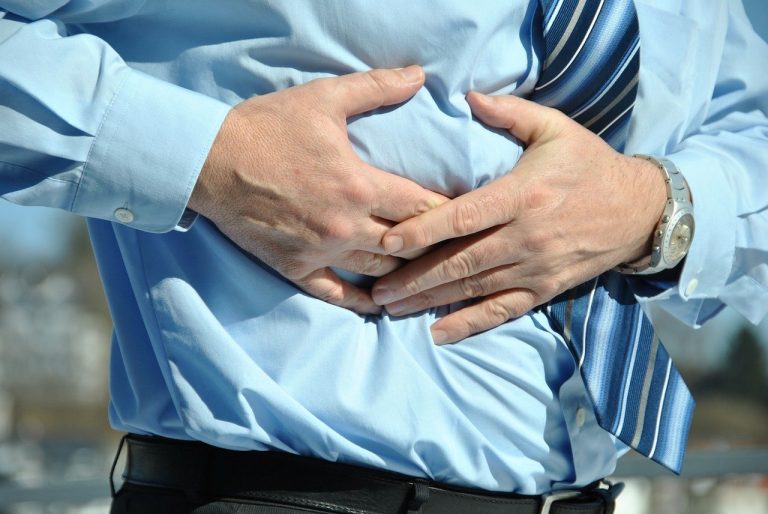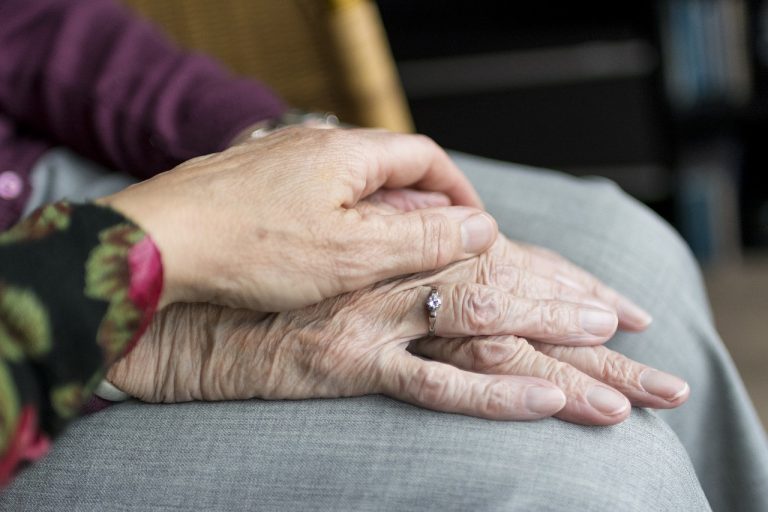Post-Traumatic Stress Disorder
Seriousness of medical condition(s)
PTSD is a serious mental condition developed after a traumatic event. Untreated PTSD is unlikely to disappear and can contribute to chronic pain, depression, drug and alcohol abuse and sleep problems that impede a person’s ability to work and interact with others.
Who could benefit from this treatment?
Clinical justification for using Medicinal Cannabis
Recent preclinical research has found that cannabis can help suppress traumatic memories or flashbacks, as well as improving sleep, anxiety, avoidance and hyperactivity symptoms related to PTSD. (Backes, 2017) This shows significant potential for cannabinoid therapies in relation to PTSD.
A 2017 review (Lee et al, 2017) of studies related to cannabis and fear memories found evidence that supports CBD’s potential as treatment for lingering traumatic memories and their impacts. Oral THC has also been found effective in improving sleep duration and quality, and reducing nightmares and daytime flashbacks among treatment-resistant PTSD patients (Roitman et al, 2014).
The endocannabinoid system’s signaling mechanisms are key to the body’s adaptation to stress and recovery after a stressful event (Backes, 2017). We know that CB1 receptors are concentrated in the anatomic areas of the “fear network” (Backes, 2017) – the amygdala, hippocampus, and ventromedial prefrontal cortex. Changes in endocannabinoid signaling, lowering of anandamide levels and abnormal CB1 receptor densities are common in PTSD patients (Loflin et al, 2017).
Epidemiological studies report positive finding in the use of cannabis to alleviate symptoms of PTSD (Couge et al, 2011). Cross-sectional studies indicate patients reported using it to cope with hyperarousal, coping, sleep (Bremner et al, 1996). One study found reductions of 75% in symptoms of trauma-related re-experiencing, avoidance and hyperarousal (Greer et al, 2014).
Overall, current evidence indicates CBD has considerable potential as a treatment for multiple anxiety disorders (SAD, GAD, Panic Disorder), with need for further study of chronic and therapeutic effects in relevant clinical populations. Evidence from a small number of clinical studies of prescription cannabinoids containing small amounts of THC suggests that these drugs could improve symptoms of anxiety and depression in patients suffering from anxiety and/or depression secondary to certain chronic diseases (e.g. patients with HIV/AIDS, MS, and chronic neuropathic pain) (Blessing et al, 2015)
Unknown or expected adverse effects, risks and safety issues & related toxicology:
A systematic review by Whiting et al. (2015) stated in their conclusions that “Cannabinoids were associated with an increased risk of short-term adverse effects”.
According to the Guidance for the Use of Medicinal Cannabis in Australia: Overview, Therapeutics Good Administration
(2017): Cannabis is not appropriate for patients who:
- Are under the age of 25 (with the exception of intractable epilepsy or severe pain syndrome)
- Have a personal history or strong family history of psychosis
- Have a current or past cannabis use disorder, or active substance use disorder
- Have unstable respiratory or cardiovascular disease (including angina, peripheral vascular disease, cerebrovascular disease, arrhythmias)
- Are pregnant, planning to become pregnant, or
Breastfeeding.
Cannabis should be authorized with caution in patients who:
- Smoke tobacco
- Have risk factors for cardiovascular disease
- Are heavy users of alcohol
- Are taking sedating medications or any other medication metabolized by the CYP450 pathway
- At risk or have liver disease
Potential drug interactions
Increasing THC concentration:
Examples of inhibitors:
– Antidepressants (e.g. Fluoxetine, Fluvoxamine)
– Proton Pump Inhibitors (e.g. Omeprazole)
– Cimetidine
– Macrolides (Clarithromycin, Erythromycin)
– Antimycotics (e.g. Itraconazole, Fluconazole, Ketoconazole, Miconazole)
– Calcium Antagonists (e.g. Diltiazem, Verapamil)
– HIV protease inhibitors (e.g. Ritonavir)
– Amiodarone
– Isoniazid
– Grapefruit juice
Increasing CBD concentration:
– Metabolized by CYP 2C19 and CYP 3A4
– Bioavailability could be increased by many of the same substances as for THC
Decreasing THC and CBD concentration:
- CYP 2C9 and 3A4 Inducers accelerate THC and CBD metabolism
- Examples of inducers:
– Rifampicin
– Primidone
– Carbamazepine
– Phenobarbital
– Phenytoin
– Rifabutin
– Saint John’s Wort
Significantly changed serum levels of clobazam, rufinamide, topiramate, zonisamide, and eslicarbazepine were seen in the study by Gaston et al (2017) on interactions between cannabidiol (Epidiolex.) and commonly used antiepileptic
drugs. Abnormal liver function test results were noted in participants taking concomitant valproate. This study emphasizes the importance of monitoring serum AED levels and LFTs during treatment with supraphysiological doses of CBD (e.g. 1000mg/kg).
- Caution with blood thinners like Warfarin, Heparin,
Clopidogrel (Plavix)
- Additionally, pharmacodynamic interactions should be expected between cannabis and drugs with sympathomimetic activity (tachycardia,
hypertension), central nervous system depressants (drowsiness, ataxia), and drugs with anticholinergic effects (tachycardia, drowsiness).
Many of these drug interactions can be mitigated in complex patients with polypharmacy by slowly titrating cannabis.
Approved treatments for this medical condition
SSRIs/SNRIs:
- Sertraline (Zoloft)
- Paroxetine (Paxil)
- Fluoxetine (Prozac)
- Venlafaxine (Effexor)
Psychotherapies:
- Cognitive Behavioral Therapy (CBT)
Eye Movement Desensitization and Reprocessing (EMDR)
Why is medicinal cannabis appropriate for use?
Medicinal cannabis products will be considered for treatment when:
- standard of care medications have been trialed to maximally tolerated dose without acceptable symptom relief or functional improvements.
- Patient is unable to tolerate standard of care medications
- Standard of care medications are contraindicated.
The medicinal cannabis will not be used as sole treatment of condition. PTSD often requires multiple therapies to manage. In this way, the medicinal cannabis will act as an adjuvant. Tolerability and efficacy of adjuvants must be trialed in individual patients.
References
- Backes, M., n.d. Cannabis Pharmacy. 1st ed. London: Elephant Book Company Limited, pp.256, 257, 258
- Blessing, E. M., Steenkamp, M. M., Manzanares, J., & Marmar, C. R. (2015). Cannabidiol as a Potential Treatment for Anxiety Disorders. Neurotherapeutics : the journal of the American Society for Experimental NeuroTherapeutics, 12(4), 825–836
- Bremner JD, Southwick SM, Darnell A, Charney DS. Chronic PTSD in Vietnam combat veterans: course of illness and substance abuse. AM J Psychiatry 1996; 153:369-375.
- Couge JR, Bonn-Miller MO, Vujanovic AA et al. Posttraumatic stress disorder and cannabis use in a nationally representative sample. Psychol Addict Behav. 2011 ep; 25(3):554-558)
- Greer GR, Grob CS, Halberstadt AL et al. PTSD symptom reports of patients evaluated for the New Mexico Medical Cannabis Program. J Psychoact Drugs 2014; 46: 73-77
- https://www.tga.gov.au/medicinal-cannabis-guidance-documents
- Lee, J., Bertoglio, L. J., Guimarães, F. S., & Stevenson, C. W. (2017). Cannabidiol regulation of emotion and emotional memory processing: relevance for treating anxiety-related and substance abuse disorders. British journal of pharmacology, 174(19), 3242–3256. https://doi.org/10.1111/bph.13724
- Loflin, M., Earleywine, M., & Bonn-Miller, M. (2017). Medicinal versus recreational cannabis use: Patterns of cannabis use, alcohol use, and cued-arousal among veterans who screen positive for PTSD. Addictive behaviors, 68, 18–23. https://doi.org/10.1016/j.addbeh.2017.01.008
- Roitman P, Mechoulam R, Cooper-Kazaz R, Shalev A. Preliminary, open-label pilot study of add-on oral THC in chronic post-traumatic stress disorder. Clin Drug Investig 2014; 34(8): 587-591.
- Whiting PF, Wolff RF, Deshpande S, Di Nisio M, Duffy S, Hernandez AV, et al. Cannabinoids for medical use: a systematic review and meta-analysis. JAMA 2015;313(24):2456-73. Errata in: JAMA 2016;315(14):1522, JAMA 2015;314(21):2308, JAMA 2015;314(5):520, JAMA 2015;314(8):837.

